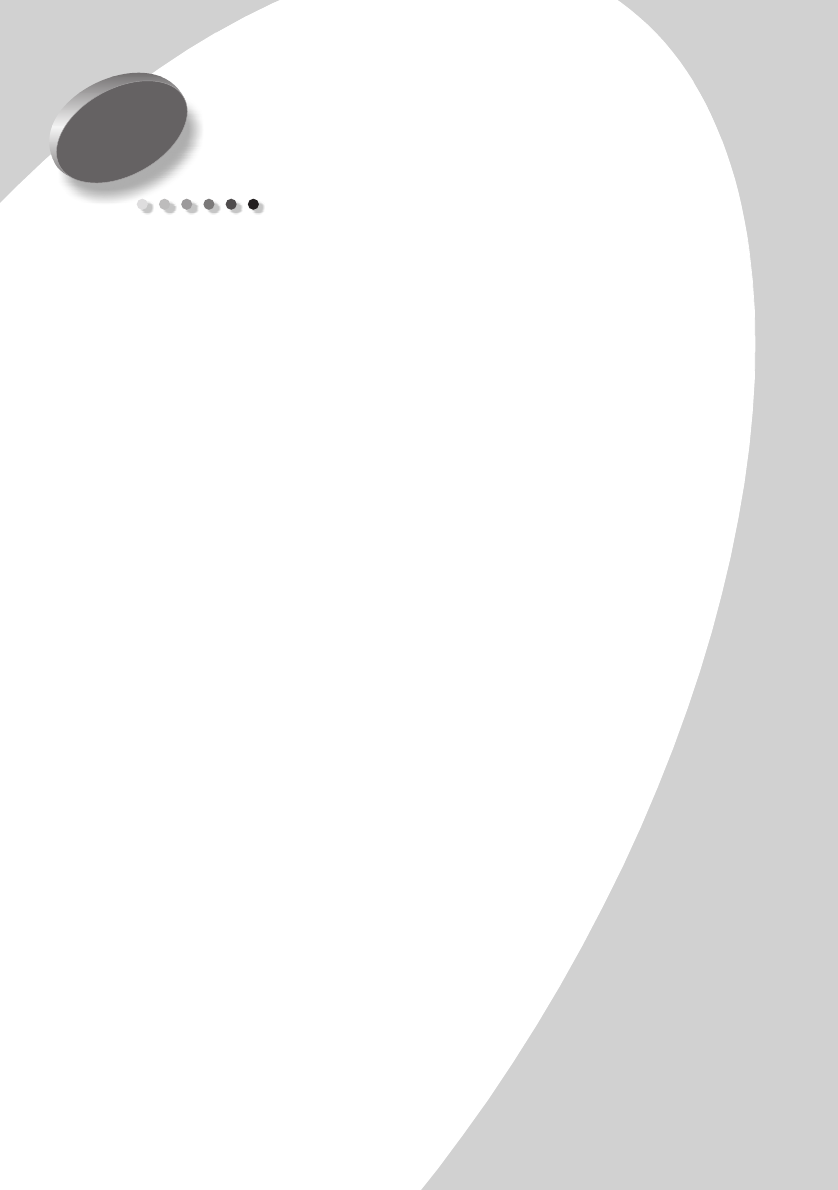
Troubleshooting
Troubleshooting
•
•
•
•
•
27
4
Troubleshooting
From the list of printing problems in the left margin, select
a category that describes your printing problem, and then
read the category for the solution.
When your printer has a problem, first make sure that:
•
The power supply is plugged into the printer and a
properly grounded electrical outlet.
•
The printer is turned On.
•
The printer cable is securely attached to your computer
and printer.
•
If you are using a parallel cable, make sure it is an IEEE
1284-compliant parallel cable that supports
bidirectional printing.
•
Two-way communications is enabled in your printer
software.
1
From the printer’s
Control Program
, click the
Options
tab.
2
Make sure
Disable Printer to PC
Communications
is
not
selected.
•
If you are using Windows 98 or Windows 2000, your
printer port is set to an LPTn port for a parallel cable, or
to a USB port for a USB cable. To check your printer
port and change it if necessary, follow the appropriate
set of instructions:
Windows 98
1
From the
File
menu of your software application,
select
Print
(or
Printer
)
Setup
.
2
Check your printer port in the Where area.
r
nter pr
nts
slowly or
doesn’t print
(see page 28)
Paper misfeeds
or jams
(see page 31)
Document
prints with
mistakes or
poor quality
(see page 32)
Problems with
transparencies,
photos, or
envelopes
(see page 35)
Error messages
and flashing
lights
(see page 36)
